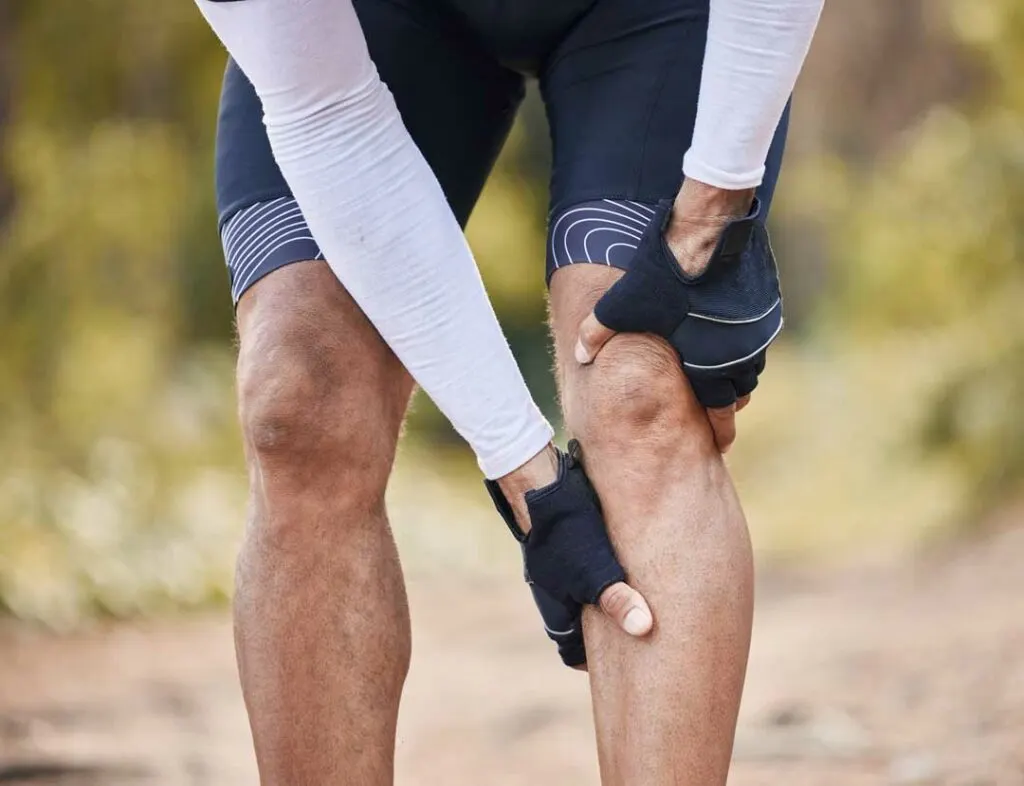Wondering what steps to take after an injury? Follow these eight essential actions to ensure a faster and smoother recovery.
Injuries happen when we least expect them, but knowing the right steps to take after an injury can make all the difference. From managing pain to seeking medical help, these eight tips will guide you toward a speedy recovery.
8 Steps to Take After an Injury for Faster Recovery

Injuries can happen unexpectedly, and how you respond right after can significantly affect your recovery process. The sooner you take action, the better your chances of healing quickly and avoiding long-term complications. Follow these key steps immediately after an injury to give yourself the best shot at a speedy recovery.
1. Seek a Legal Help
If your injury was caused by an accident or someone else’s negligence, seeking legal help is an important step to take early in your recovery. An experienced personal injury lawyer can guide you through the process of filing a claim, ensuring that you receive fair compensation for medical bills, lost wages, and pain and suffering.
Consider a trusted attorney in Atlanta and ensure you have expert legal guidance to navigate your case with confidence. They can help you navigate insurance claims and negotiate with responsible parties, taking the burden off your shoulders so you can focus on healing.
2. Apply the R.I.C.E. Method

For sprains, strains, and other soft tissue injuries, the R.I.C.E. method – Rest, Ice, Compression, Elevation – can reduce pain and swelling. Start by resting the injured area, avoiding putting weight or pressure on it.
Apply ice wrapped in a cloth to reduce swelling, compress the area with an elastic bandage, and elevate the injury above the level of your heart to help reduce inflammation.
3. Seek Medical Attention if Necessary
Even if you think the injury isn’t serious, it’s always safer to seek medical advice. Some injuries may seem minor at first but can develop complications later. If you experience severe pain, numbness, or trouble moving the affected area, visit a doctor or go to the emergency room. Getting a professional diagnosis will ensure you follow the right recovery path.
- Professional Assessment: A healthcare provider can accurately assess the injury’s severity and recommend the best course of action. They may suggest imaging tests, such as X-rays or MRIs, to rule out fractures, tears, or internal injuries that might not be immediately visible. Early diagnosis ensures you don’t unknowingly worsen the injury by treating it incorrectly at home.
- Pain Management: If the pain is severe, your doctor can prescribe stronger pain relievers or recommend other methods of pain management, such as physical therapy or specific medications. A healthcare professional can also help determine the underlying cause of the pain and prevent it from becoming a chronic issue. Effective pain management will enable you to rest and heal without exacerbating the injury.
- Prevention of Complications: Immediate medical attention can help prevent complications such as infections, blood clots, or nerve damage. If you’ve sustained a deep cut, puncture wound, or bone fracture, a doctor will clean and dress the wound properly, minimizing the risk of infection. They’ll also advise you on the proper care to avoid complications during recovery.
- Customized Recovery Plan: A doctor can create a personalized recovery plan based on the specifics of your injury. This might include referrals to specialists, like physical therapists or orthopedic surgeons, if necessary. They will provide guidelines for safe rehabilitation, ensuring you recover as fully and quickly as possible while minimizing the risk of re-injury.
4. Take Pain Relievers as Directed

If you’re in pain, taking over-the-counter pain relievers like ibuprofen or acetaminophen can help you manage discomfort. Always follow the recommended dosage on the label, and avoid overusing painkillers, as they can mask pain and make you more prone to further injury. If your pain is severe or persistent, consult with a healthcare provider for stronger medication options.
5. Keep the Injury Clean and Protected
If your injury involves a wound, keeping it clean and covered is crucial to prevent infection. Clean the area gently with soap and water, then apply an antiseptic ointment before covering it with a sterile bandage. Change the dressing regularly, and monitor for any signs of infection, such as redness, warmth, or unusual discharge.
6. Stay Hydrated and Eat Nutritious Foods
Good nutrition and hydration are vital to your recovery. Drink plenty of water and eat foods rich in vitamins and minerals to promote healing.

Focus on foods high in protein, as they help repair damaged tissues. Incorporating fruits and vegetables into your diet will provide essential antioxidants, which reduce inflammation and speed up recovery.
Focus on Protein-Rich Foods
Protein plays a crucial role in tissue repair, which is especially important after an injury. Include lean meats like chicken, turkey, or fish, as well as plant-based sources such as beans, lentils, and tofu in your meals.
Protein helps your body rebuild muscles, tendons, and ligaments that may have been damaged, supporting faster recovery and reducing the risk of further injury.
Consume Anti-Inflammatory Foods
Eating foods with anti-inflammatory properties can help reduce swelling and pain. Include fatty fish like salmon, which is rich in omega-3 fatty acids, as well as nuts, seeds, and olive oil. You should also focus on incorporating antioxidant-rich fruits and vegetables, like berries, leafy greens, and bell peppers, into your diet to combat inflammation and support tissue repair.

Incorporate Vitamins and Minerals for Healing
Vitamins and minerals are essential for your body to heal properly. Vitamin C, found in citrus fruits and bell peppers, helps in collagen production, a key component of tissue repair. Zinc, present in nuts, seeds, and whole grains, plays an important role in wound healing and immune function, helping your body fight off infections during recovery.
Avoid Processed and Sugary Foods
While it might be tempting to indulge in comfort foods, processed and sugary items can slow down your recovery. These foods may cause spikes in blood sugar, leading to inflammation and hindering your body’s natural healing processes. Instead, focus on whole, unprocessed foods that provide lasting energy and vital nutrients to keep your body in optimal recovery mode.
7. Avoid Straining the Injured Area
It’s tempting to push yourself to get back to normal activity, but overusing the injured area too soon can lead to a longer recovery time. Listen to your body and avoid activities that stress the injured site. Follow your doctor’s or therapist’s recommendations for how much movement is safe and when to gradually return to your routine.
8. Track Your Progress and Adjust as Needed
Throughout your recovery, keep track of your symptoms and progress. If you notice increased pain, swelling, or new symptoms, it may indicate that you need to adjust your treatment plan. Regular follow-up with your doctor or physical therapist will help ensure you’re on the right track and help you make adjustments as needed.

Taking the right steps immediately after an injury can make a world of difference in how quickly and effectively you recover. By staying calm, following the R.I.C.E. method, seeking medical help when needed, and being mindful of your body’s needs, you can promote faster healing and avoid future complications. Be proactive in your recovery, and give yourself the best chance at a full recovery.
Taking the right steps to recover after an injury ensures you heal faster and avoid complications. Whether it’s applying the R.I.C.E. method, seeking medical advice, or tracking your progress, every step matters. Be proactive, follow professional guidance, and prioritize your recovery to get back on your feet stronger than ever

Jessi is the creative mind behind The Coffee Mom, a popular blog that combines parenting advice, travel tips, and a love for all things Disney. As a trusted Disney influencer and passionate storyteller, Jessi’s authentic insights and relatable content resonate with readers worldwide.
